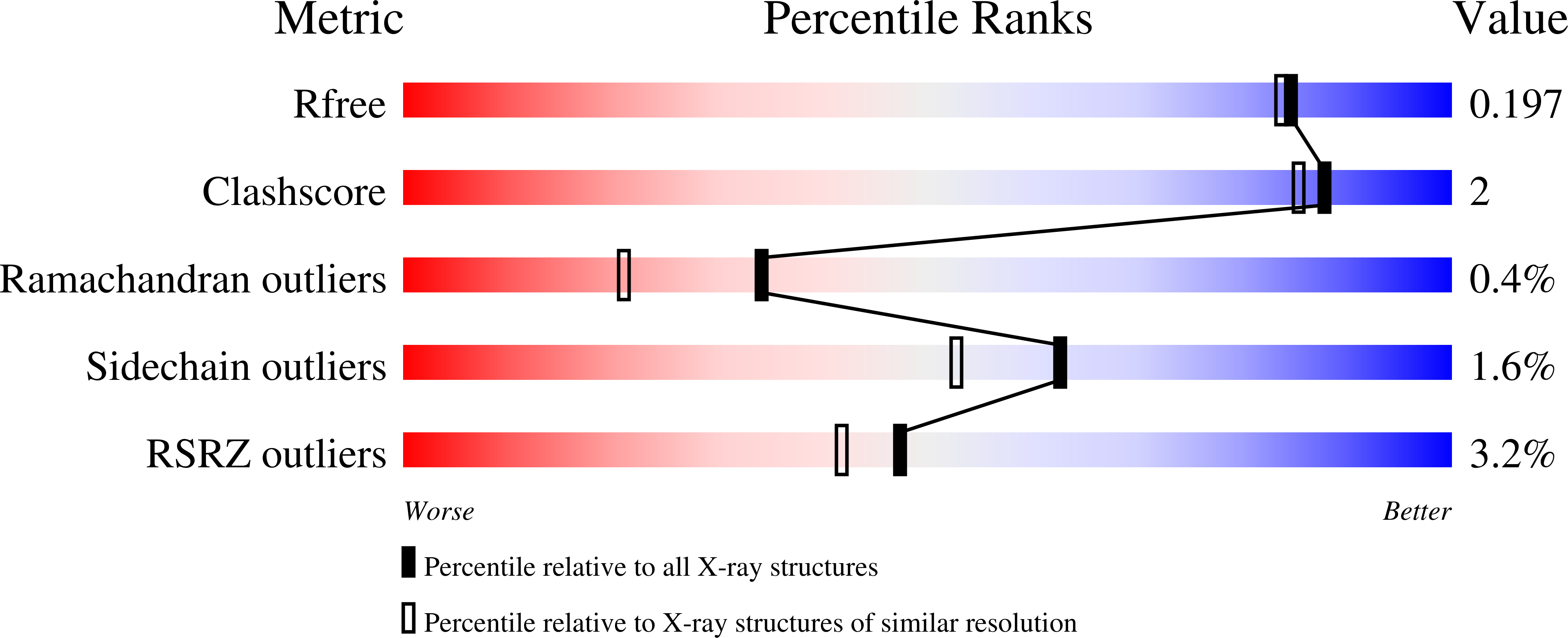
Deposition Date
2023-05-24
Release Date
2023-07-05
Last Version Date
2024-11-06
Method Details:
Experimental Method:
Resolution:
1.82 Å
R-Value Free:
0.18
R-Value Work:
0.15
Space Group:
P 21 21 21


